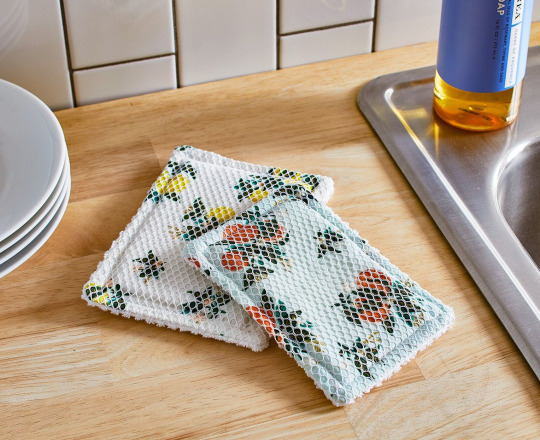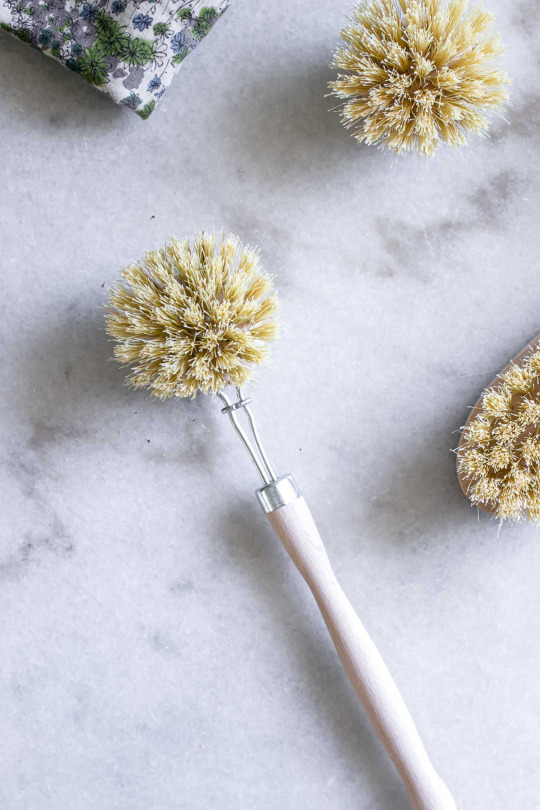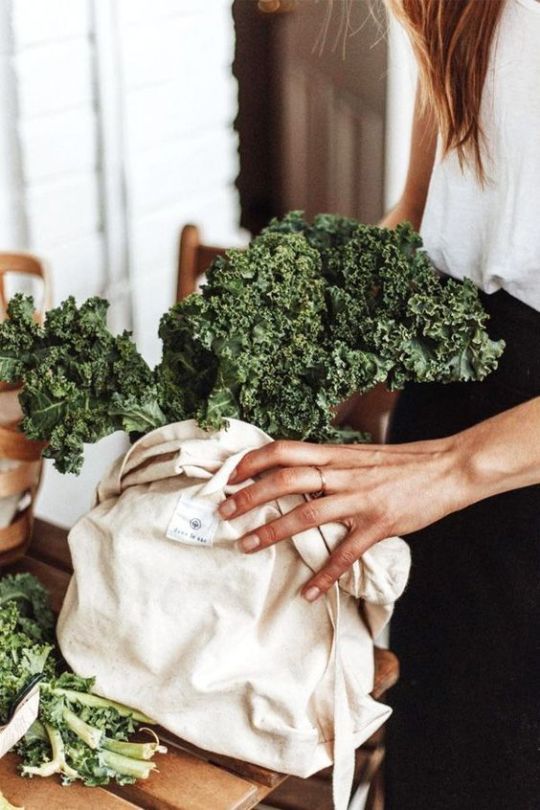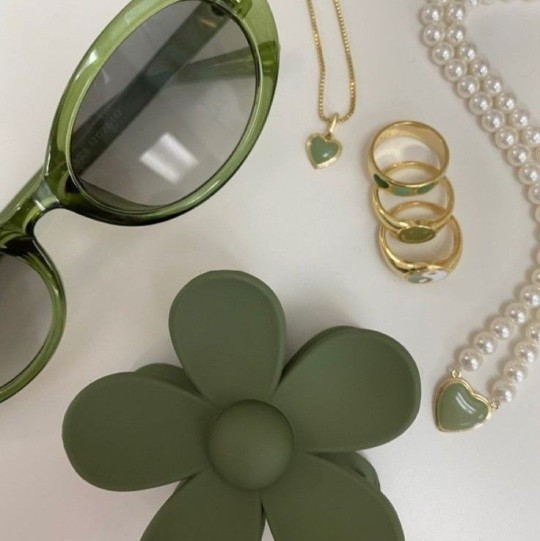#Green Living
Text

ginger-by-the-sea🦞
5K notes
·
View notes
Text
Do people know most paper receipts are harmful to their health?
I'm going to get up on my soapbox for a minute, but do people realize how pretty much everyone is being overloaded with endocrine disruptors like BPA/BPS on a near-daily basis??
I don't think many people understand that ever since most of the world transitioned to thermal paper receipts (cheaper than ink), almost every receipt you handle from the gas station to the grocery store to the Square terminal printer at the local co-op is coated with Bisphenol-A (BPA) or its chemical cousin Bisphenol-S (BPS).
These chemicals have not only been proven to cause reproductive harm to human and animals, they've also been linked to obesity and attention disorders.
Not sure if your receipt is a thermal receipt? If you scratch it with a coin and it turns dark, it's thermal.
BPA/BPS can enter the skin to a depth such that it is no longer removable by washing hands. When taking hold of a receipt consisting of thermal printing paper for five seconds, roughly 1 μg BPA is transferred to the forefinger and the middle finger. If the skin is dry or greasy, it is about ten times more.
Think of how many receipts you handle every day. It's even worse for cashiers and tellers, who may handle hundreds in a single shift. It is also a class issue, since many people who work retail and food service are lower-income and will suffer worse health consequences over time from the near-constant exposure.
Not only that, receipts printed with thermal ink are NOT recyclable, as they pollute the rest of the paper products with the chemicals.
People don't know this and recycle them anyway, so when you buy that "green" toilet paper that says "100% recycled"? Yup, you are probably wiping your most sensitive areas with those same chemicals (for this reason, I buy bamboo or sugarcane toilet paper as a sustainable alternative to recycled paper).
This page from the Minnesota Pollution Control Agency has some good links if you want to learn more.
As consumers, we need to demand better from our businesses and from our governments. We need regulation of these chemicals yesterday.
If you are a buyer or decision-maker for a business, the link above also contains a shortlist of receipt paper manufacturers that are phenol-free.
If you work at a register, ask customers if they want a receipt. If they don't and you can end the transaction without printing one, don't print one!
As a consumer, fold receipts with the ink on the inside, since that's where the coating is. Some more good tips here.
And whatever you do, DO NOT RECYCLE THERMAL RECEIPTS
#i realized the other day that lots of ppl i talked to had no idea this was even a thing#important psa#demand more from your retailers and governments#environment#bisphenols#bpa free#bpa/bps#retail#food service#shopping#working class#capitalism#endocrine disruptors#endocrine disorders#adhd#eco lifestyle#environmental pollution#pollution#toxic chemicals#reproductive health#science#health#environmentalism#eco conscious#human health#consumer goods#consumer awareness#green living#green business#ecofriendly
332 notes
·
View notes
Text






6 Eco-Friendly Alternatives to Kitchen Sponges
Natural Cellulose Sponges, Reusable Cloth Sponges, Wooden Dish Sponges, Reusable Dish Rags, Copper Scours, Scours made from Natural Materials (eg. coconut coir)
Traditional kitchen sponges are made of a mixture of cellulose, a naturally-occurring wood fiber, and synthetic materials like polyethelene plastic mesh to provide durability and a scouring surface. This combination is what makes up the typically yellow and green colored sponges that are most commonly sold today.
In addition to its mixture of natural of synthetic materials, kitchen sponges are also usually treated with antibacterial agents to prevent the growth of harmful bacteria (and then spreading it around your kitchen each time you clean). Add to this that most kitchen sponges have a lifespan of tops a few weeks – and they’re packaged in plastic – and you can see how these are not a low waste option for keeping your kitchen clean.
In addition, antibacterial agents added to sponges typically include triclosan, and according to the Environmental Working Group, “the U.S. FDA advisory committee has found that household use of antibacterial products provides no benefits over plain soap and water, and the American Medical Association recommends that triclosan not be used in the home, as it may encourage bacterial resistance to antibiotics.”
#p#txt#mindful consumption#zero waste#low waste#eco friendly#eco conscious#ecofeminism#sacred spaces#solarpunk#mindful living#soft living#slow living#ethical consumption#green living#sponges#sidewalkchemistry
96 notes
·
View notes
Text
21 Ideas for Sustainable Swaps That Aren’t Shitty, Expensive, Greenwashed Garbage
Keep reading.
If you liked this article, join our Patreon!
209 notes
·
View notes
Text

🌿Looking to start living a waste-free life? These 7 eco-friendly products for a sustainable home will help you make the switch to reducing the use of plastic and other harmful materials. Remember, small changes can have a big impact!
via https://choosingchia.com/7-eco-friendly-products/https://choosingchia.com/
41 notes
·
View notes
Text




Place has the right spirit tho
Everything could have a backup kinetic genie. The gyms should be full of these things and it should go back into the grid. We're burning calories for nothing and cutting down the forests that feed us air just to make the calories we waste.
59 notes
·
View notes
Text




#green theme#nature art#nature beauty#aesthetics#green#greenery#forest#cottage living#lakeside#riverside#riverview#lake view#green living#nature#sunset valley#dumblr
624 notes
·
View notes
Text

#sustainable living#ecofriendly#environmental concept art#green city#green infrastructure#sustainability#utopia#green living#architecture#nature#naturecore#digital art#EcoApartment
56 notes
·
View notes
Text

34 notes
·
View notes
Text
hey yallll im about to move out and im wondering if anyone has any tips on living in a apartment and being eco-friendly? im planning on a little pollinator garden on the patio and stuff but i need help with like day to day things i can do on a budget :) thank you so much!
#ecofriendly#ecology#eco friendly#studyblr#living green#green living#lifestyle#moving out tips#environmentalism
26 notes
·
View notes
Text



Hill House
#green roof#hill house#architecture#garden#outdoors#outdoor#concept#earthhome#earth house#green living
55 notes
·
View notes
Text
AN OPEN LETTER to THE U.S. CONGRESS
Support the Food Date Labeling Act (H.R. 3159 and S. 1484)
730 so far! Help us get to 1,000 signers!
Food waste is a huge problem in our country, so I am writing to ask that you support the Food Date Labeling Act (H.R. 3159 and S. 1484).
This bill would clear up confusion about “best-used-by” and other labels by establishing requirements for quality and discard dates in food packaging. Currently, there is no federal regulation for date labels. This means that consumers, confused by different types of labels, end up discarding edible food.
Food waste results in households wasting money and exacerbates climate change. Food waste is responsible for about 6% of total US GHG emissions. The nonprofit ReFED found that reducing food waste could generate $73 billion in financial benefit, recover the equivalent of 4 billion meals for food insecure individuals, save 4 trillion gallons of water, and avoid 75 million tons of greenhouse gas emissions annually in the US.
Thank you for your support of legislation that would enable consumers to save money while mitigating climate change.
▶ Created on April 5 by Jess Craven · 729 signers in the past 7 days
📱 Text SIGN PCYWXY to 50409
🤯 Liked it? Text FOLLOW JESSCRAVEN101 to 50409
#JESSCRAVEN101#PCYWXY#resistbot#green living#food waste#foodwaste#congress#support#foodlabeling#climatechange#legislation#datelabels#activate your activism#federalregulation#open letter#environment#sustainability#reducewaste#consumerprotection#bill#supportlegislation#greenhousegas#foodsecurity#savefood#wastemanagement#GHGemissions#foodpackaging#bestusedby#discarddates#consumerawareness
7 notes
·
View notes
Text
When it comes to sustainability, it's easy to place the blame on unethical brands and polluting factories in faraway lands. But to make the clothing industry anywhere near sustainable, the responsibility is not with manufacturers, retailers, and brands. The responsibility is also with us, the consumers, because, as Rick pointed out earlier, while we need to buy less, we also need to care more for the clothing we already own.
- Rick Ridgeway in The Next Black
#q#quotes#the next black#documentary#mindful consumption#mindful living#mindfulness#clothing industry#fashion industry#sustainability#holistic leveling up#leveling up#that girl#green juice girl#green living#ethical consumption#plant based lifestyle#solarpunk#late stage capitalism#personal responsibility#sidewalkchemistry
40 notes
·
View notes
Text

#canning jars#canned vegetables#zero waste#sustainability#homemade#canned food#food waste#eco friendly#eco#sustainable#sustainable living#low impact#ecoconscious#green living#slow living#self sufficiency#off grid living#off grid#slow life#cottage core#low waste living#reduce reuse recycle#reuse#life without plastic#plastic free#country side#grandmacore#cottage vibes
82 notes
·
View notes
Text









3 notes
·
View notes
Text
Enhancing Your Home with the Beauty and Benefits of Indoor Plants
Shaina Tranquilino
January 6, 2024

In recent years, the trend of incorporating indoor plants into home decor has gained substantial popularity. Not only do they add a touch of natural beauty to any space, but indoor plants also offer a plethora of benefits that can greatly enhance our overall well-being. From purifying air quality to boosting mood and productivity, these green companions are much more than mere decorations. So, let's delve deeper into the advantages of having plants in your home.
1. Improved Air Quality:
One of the most significant benefits of indoor plants is their ability to filter and cleanse the air we breathe. Through photosynthesis, plants absorb carbon dioxide and release oxygen, thereby increasing oxygen levels indoors. Moreover, certain plant species such as peace lilies, spider plants, and snake plants have been proven effective at removing harmful toxins like formaldehyde and benzene from the air, resulting in cleaner and fresher indoor environments.
2. Enhanced Mental Health:
Research suggests that being surrounded by nature has a positive impact on mental well-being. Indoor plants not only bring elements of nature into our homes but also help reduce stress, anxiety, and depression. Their presence helps create a calming atmosphere that promotes relaxation and improves overall mood. Additionally, caring for living organisms provides a sense of purpose and fulfillment which can boost self-esteem and improve emotional stability.
3. Increased Productivity:
Plants aren't just aesthetically pleasing; they also have a profound effect on our productivity levels. Studies have shown that having greenery in workspaces or study areas enhances focus, concentration, creativity, and problem-solving skills. The presence of indoor plants can make us feel more connected to nature even when spending long hours indoors, leading to increased motivation and efficiency.
4. Natural Humidifiers:
During winter months or in dry climates where humidity levels drop significantly indoors, many individuals suffer from dry skin or respiratory issues. Indoor plants act as natural humidifiers by releasing moisture into the air through a process called transpiration. This helps combat dryness and can alleviate symptoms such as dry skin, sore throats, and even reduce the risk of respiratory infections.
5. Noise Reduction:
Believe it or not, plants have the ability to absorb sound waves and reduce noise pollution levels in your home. By placing larger plant varieties near windows or doors facing busy streets, you can create a barrier that absorbs external noises and creates a more serene environment indoors.
While adding indoor plants to your home decor may initially seem like a purely aesthetic choice, their numerous benefits extend far beyond visual appeal. The advantages of having indoor plants range from improved air quality and enhanced mental health to increased productivity and natural humidity regulation. So why not invite these green companions into your space? Whether you're an experienced gardener or just starting out, the beauty and benefits of indoor plants make them an excellent addition to any home!
#indoor plants#plants#home greenery#indoor oasis#plant decor#green living#botanic bliss#indoor jungle#plant inspiration#home wellness#nature inside#leafy luxury#interior greens#healthy home
5 notes
·
View notes